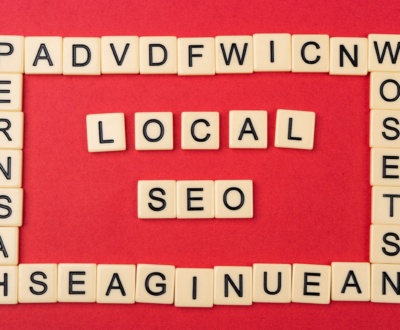Building a high-quality email list is one of the most valuable assets for any small business. Email marketing allows you to reach potential and existing customers directly, nurture relationships, and drive consistent sales. However, growing and maintaining an engaged email list requires the right strategies.
Why an Email List is Essential for Small Businesses
Unlike social media platforms where algorithms control your reach, email marketing gives you direct access to your audience. With a well-built list, you can:
- Increase customer retention by keeping your audience informed and engaged.
- Boost sales by promoting new products, special deals, or exclusive offers.
- Strengthen brand loyalty through personalized content and valuable insights.
Proven Strategies to Grow Your Email List
1. Offer a Compelling Lead Magnet
A lead magnet is an incentive that encourages visitors to subscribe to your email list. Examples include:
- Free eBooks or guides related to your industry.
- Discount codes or special promotions.
- Exclusive access to premium content or webinars.
- Free templates, checklists, or tools.
2. Use Optimized Sign-Up Forms
Your sign-up forms should be:
- Visible: Place them on your homepage, blog posts, and checkout pages.
- Simple: Request only essential information like name and email.
- Compelling: Use persuasive copy that highlights the benefits of subscribing.
3. Leverage Social Media
Promote your email list on platforms like Facebook, LinkedIn, and Instagram. You can:
- Create engaging posts with a clear call-to-action (CTA).
- Run contests or giveaways that require email sign-ups.
- Add a sign-up link to your bio and social media stories.
4. Implement Pop-Ups and Exit-Intent Forms
Timed pop-ups or exit-intent pop-ups can capture visitors before they leave your site. Offer a compelling reason for them to subscribe, such as a discount or a free resource.
5. Create High-Value Content
Publishing valuable content like blog posts, videos, and infographics encourages visitors to subscribe for more insights. If they see your content as helpful, they’ll be more likely to sign up for future updates.
Best Practices to Keep Your List Engaged
1. Personalize Your Emails
Use subscriber names and segment your audience based on interests, behavior, or demographics. Personalized emails generate higher open and engagement rates.
2. Maintain a Consistent Sending Schedule
Find a balance between keeping subscribers informed and not overwhelming them. Weekly or bi-weekly emails work well for most small businesses.
3. Provide Value in Every Email
Ensure your emails contain useful content, such as:
- Tips and industry insights.
- Special discounts and offers.
- Product updates or upcoming events.
4. Optimize for Mobile Users
A significant portion of users check emails on mobile devices. Use responsive designs, concise subject lines, and clear CTAs to enhance the experience.
5. Regularly Clean Your Email List
Remove inactive subscribers and invalid emails to maintain a healthy sender reputation and improve deliverability.
Top Tools to Automate & Optimize Your Email Marketing
- Mailchimp – Great for beginners with easy-to-use templates.
- ConvertKit – Ideal for creators and bloggers.
- HubSpot – Offers advanced automation and CRM integration.
- Brevo (formerly Sendinblue) – Affordable and feature-rich.
Final Thoughts
A well-built email list is an invaluable asset for any small business. By offering valuable incentives, using smart sign-up strategies, and keeping your subscribers engaged, you can turn your email marketing into a powerful growth channel.
Ready to start growing your email list? Apply these strategies today and watch your business thrive!
Let us help you identify growth opportunities and craft a winning strategy.
About us and this blog
We are a digital marketing company with a focus on helping our customers achieve great results across several key areas.
Request a free quote
We offer professional SEO services that help websites increase their organic search score drastically in order to compete for the highest rankings even when it comes to highly competitive keywords.









